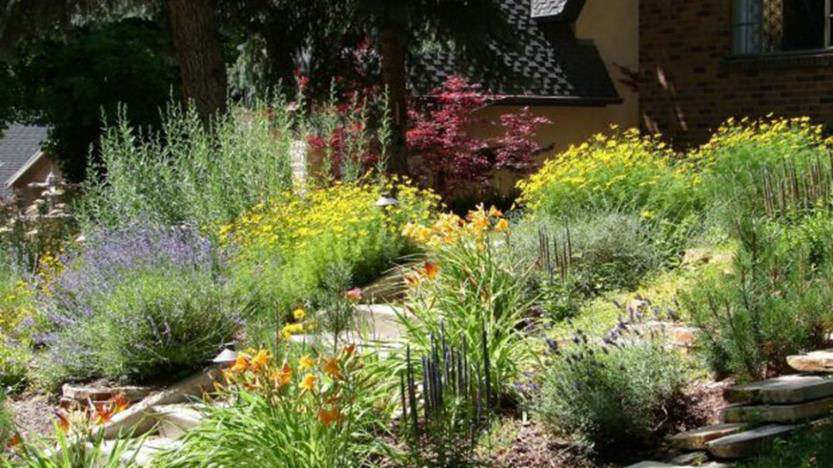Lawns have long been a staple feature of American landscapes, occupying vast expanses of land. They were originally a security measure of European aristocrats allowing them to see approaching armies. Unfortunately, the negative environmental impact of lawns is significant. According to a 2015 NASA study, lawns take up three times as much space as the next largest irrigated crop, corn. They consume an astonishing 9 billion gallons of water per day, require approximately 90 million pounds of fertilizers, and use 75 million pounds of pesticides annually. Furthermore, the maintenance of lawns often involves gas-powered lawnmowers that emit pollutants. All this effort is dedicated to a crop that cannot be eaten. Lawns are, simply put, habitat destruction. The concept of “unlawning” has emerged as a climate-friendly method to transform lawns into beautiful, fertile, edible, easy-care landscapes.
Unlawning involves the conversion of traditional lawns into biodiverse spaces that incorporate edible native plants, fruit trees, pollinator habitats, medicinal herbs, and water features. These edible landscapes offer numerous benefits beyond mere aesthetics. They increase insect populations, create habitats for birds and other wildlife, and provide ideal conditions for the millions of microbes that contribute to healthy soil. Richer soil plays a crucial role in carbon sequestration to reverse climate change.
The popularity of unlawning in the United States increased during the 2008 recession. In times of insecurity, people turn to growing their own food, harkening back to the Victory Gardens of World War II, which produced an estimated 40 percent of the consumed produce in the country. A 2014 study revealed that one-third of Americans now engage in home gardening, a 17 percent increase from 2008. In a period of high inflation, gardening is a great way to reduce your food budget as well.
Unlawning also addresses the global biodiversity crisis, as habitat loss threatens the extinction of approximately 1 million plant and animal species. More than 40% of insect species are declining, and 30% are endangered. Without insects, nature collapses. Incorporating native plants into landscapes uses less water and supports local wildlife such as bees, butterflies, and birds, enhancing biodiversity.
One challenge with unlawning is navigating regulations imposed by homeowners’ associations (HOAs) that often dictate the appearance of yards in residential neighborhoods. However, the growing awareness of the benefits of biodiversity and sustainability is gradually influencing policies and encouraging the acceptance of diverse landscapes. To avoid issues with traditionalist neighbors, follow the golden rule of unlawning: make it look intentional.
In California, where extended droughts, wildfires, and extreme heat pose challenges for landscaping, native California plants offer a practical solution. These plants are adapted to the unique climate conditions of the state and require less water. Native plant gardens in Los Angeles, for example, consume only a seventh of the water used by a typical lawn and eliminate the need for additional fertilizers.
The concept of unlawning offers a compelling solution to the environmental challenges posed by traditional lawns. By embracing edible landscapes and native plant gardens, we can enhance biodiversity, conserve water resources, mitigate climate change, and create thriving habitats for wildlife. Unlawning not only transforms our yards but also nurtures a harmonious relationship between humans and nature, fostering a greener and more sustainable future. Make your yard edible for insects, animals and humans and have fun!
Start your unlawning journey.
How to guide: https://unlawn.org/unlawn-home/the-unlawning-guide/
